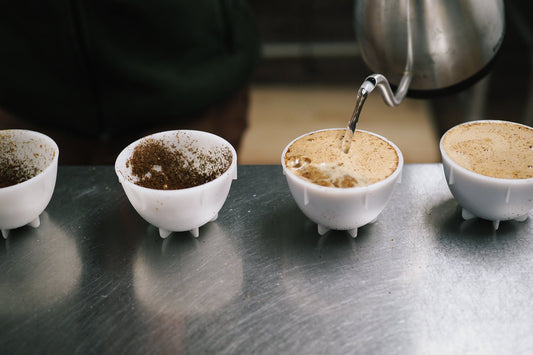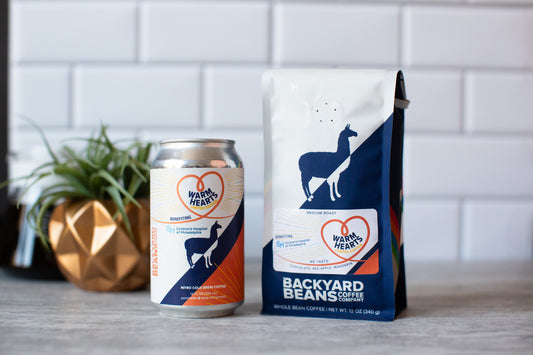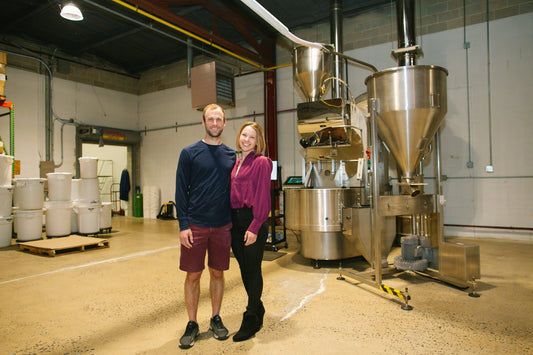
Here are Backyard Beans we love highlighting the unique flavors that come from different coffees. We do this by offering a rotating menu of seasonally fresh single origin coffees roasted light enough to highlight the uniqueness of the bean. There are many factors that contribute to a coffee’s unique taste: county, region, growing climate, coffee variety, soil, ripeness of cherry picked, processing, and roast (to name a few). I want to revisit the topic of processing in this post because it is what we are asked about the most, and it is also the most noticeable aspect in the cup.
Processing refers to what is done to the coffee cherry prior to it being dried to the right moisture content. The moisture content and water activity are very important because hitting the right window will ensure longer shelf life -- this is good for roasters and the consumers. No one wants moldy or stale coffee!

The skin and pulp of the coffee cherry are not always removed prior to drying the seed. These are what we refer to as natural processed coffees, or dry processed. Naturals involve taking the entire cherry and drying it to the right moisture content (around 10-11% is ideal). The time it takes to dry will vary based on temperature, humidity, sun, air-flow, and how high the coffee cherries are stacked on one another. What I saw common in Ethiopia were drying times of 10-14 days done on raised beds and only stacking the cherry an inch or two high. If the coffee is stacked too high you will get cherry that dries too slowly and it will begin to ferment too much, lending to funky flavors in the cup. It is common for the coffee to be covered mid-day at high sun (to protect it from too much heat) as well as at night time (to protect it from dew).

When the skin and pulp are removed from the seed of the coffee cherry prior to drying we are talking about the washed process, or wet process. Washed coffees require more machinery, water and infrastructure. The cherry is depulped by a machine, separated by density, and usually fermented submerged in water in tanks for 12-50 hrs depending on the location. The fermentation helps to loosen the remaining pectin surrounding the seed that remains after the depulping. After fermenting in the tanks, the coffee is laid out to dry (in some cases mechanically dried with machines, but most cases for specialty the coffee is dried on raised beds or on concrete patios). There is one last layer that remains on the seed after drying and that is called the parchment. Parchment protects the seed from drying too quickly as well as protecting it from the environment to a certain extent.
There are other ways to process coffee that are hybrids of these two methods. Some methods tweak certain aspects or add steps, some methods even take certain steps away to expedite the process. More on that in future posts.





